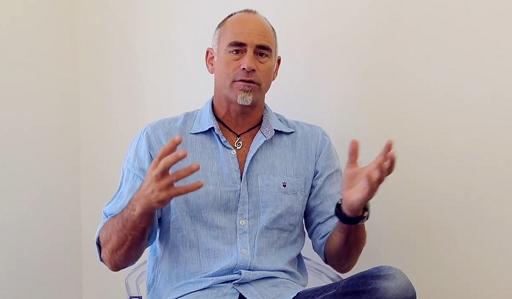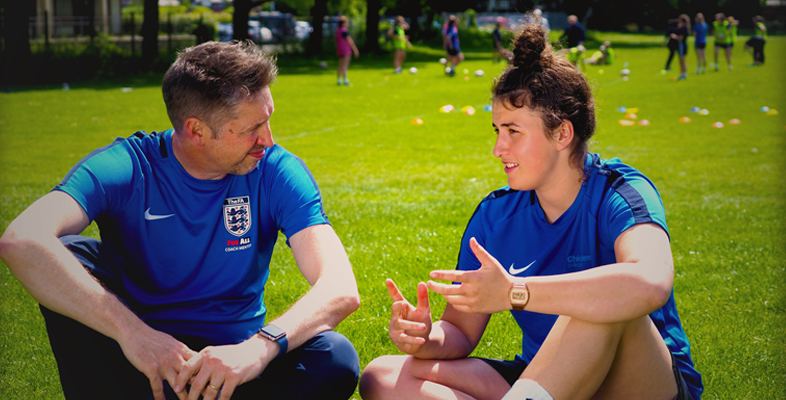5 From bite-sized to banquet responses
Paddy Upton is an international cricket coach from South Africa. He is now a coach developer. In the following activity Paddy begins to explain why he looks at coaching in the way he does. It is far more fully developed than the bite-sized responses you saw earlier.

Activity 6 Paddy Upton: Why I look at things the way I do
Watch this short video. How do you think Upton’s stated purpose is reflected in his behaviour when developing coaches?

Transcript: Video 6
Discussion
Upton talks passionately about people and individuals. It is likely that he attempts to connect to coaches showing care and concern for their unique circumstances. It is also likely that he finds an appropriate way to use external expertise, science and statistics that is relevant to an individual’s needs rather than treating a team as a homogeneous group with identical characteristics.
It is unlikely that those coaches you work with have devoted the time, like Upton, to assemble their thoughts. In Sinek and Upton you have examples of full, articulate and charismatic responses. Whatever replies from questions you receive from coaches, your active listening behaviour provides important cues and encouragement for the speaker to say more and make sense of their ideology and associated actions.
You will look at this next.
